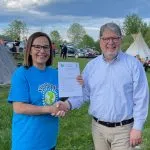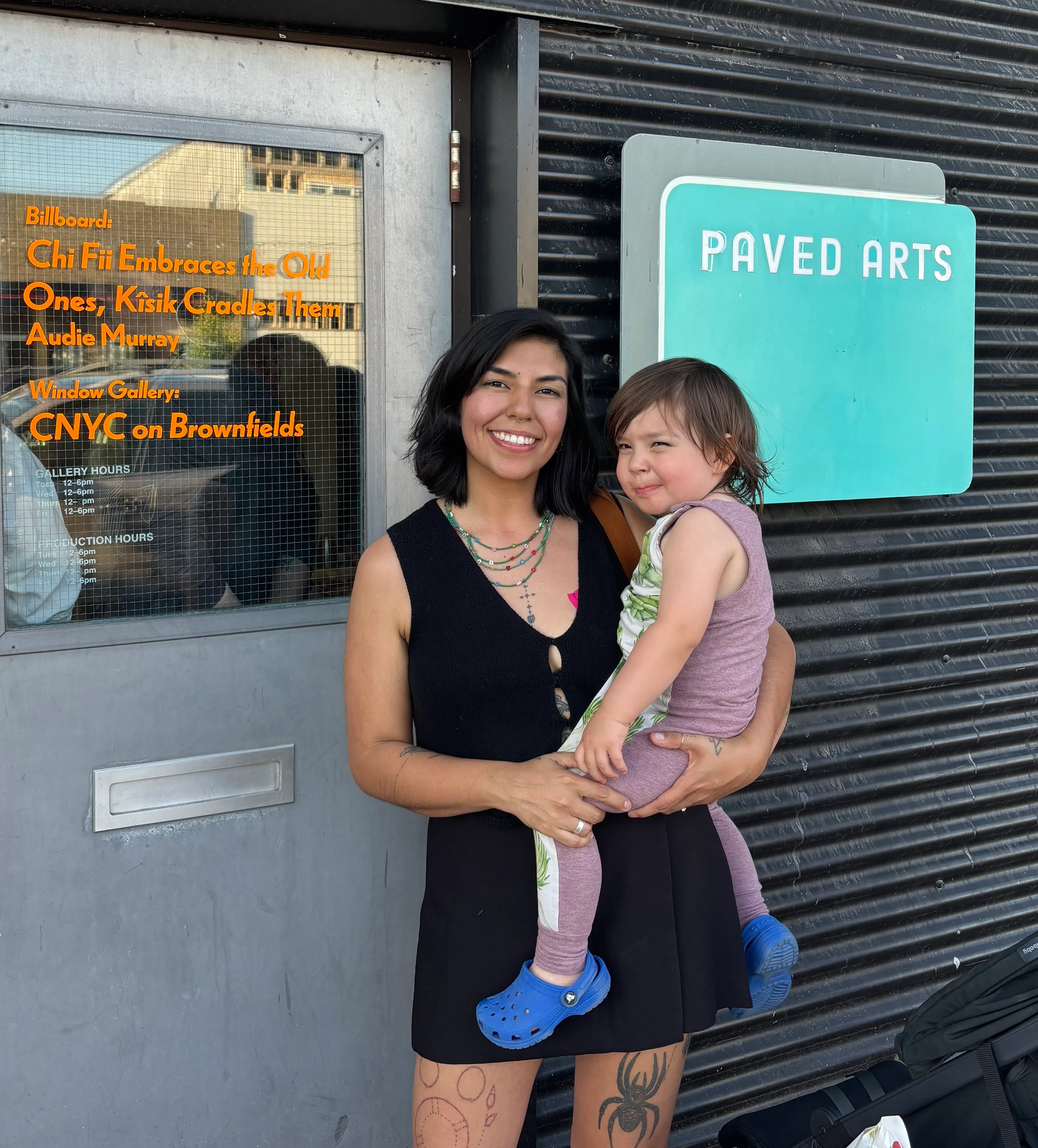
Some things you ‘Aught’ to know about beading
Regina artist Audie Murray threads her own path into the international art community one exhibition at a time.
Her art has been shown in galleries from Canada to Alaska to New York, and even as far as London, England.
This is no small task for any artist much less someone who received her Bachelor of Fine Art from the University of Regina in 2017.
Although Murray’s work has found a diverse and international audience, it remains thoroughly grounded in her Saskatchewan roots.
“I always pull from my personal experience and background,” said Murray. “This is my experience, being Indigenous and growing up that way, so I try not to overthink it.”
Murray is both Métis and Cree from the Lebret and Meadow Lake communities, and is a member of Flying Dust First Nation, but is currently based in Regina.
The multi-disciplinary artist mixes beadwork, drawing, video, multimedia, and sculpture to explore themes of ancestral knowledge, contemporary culture, and lived dualities.
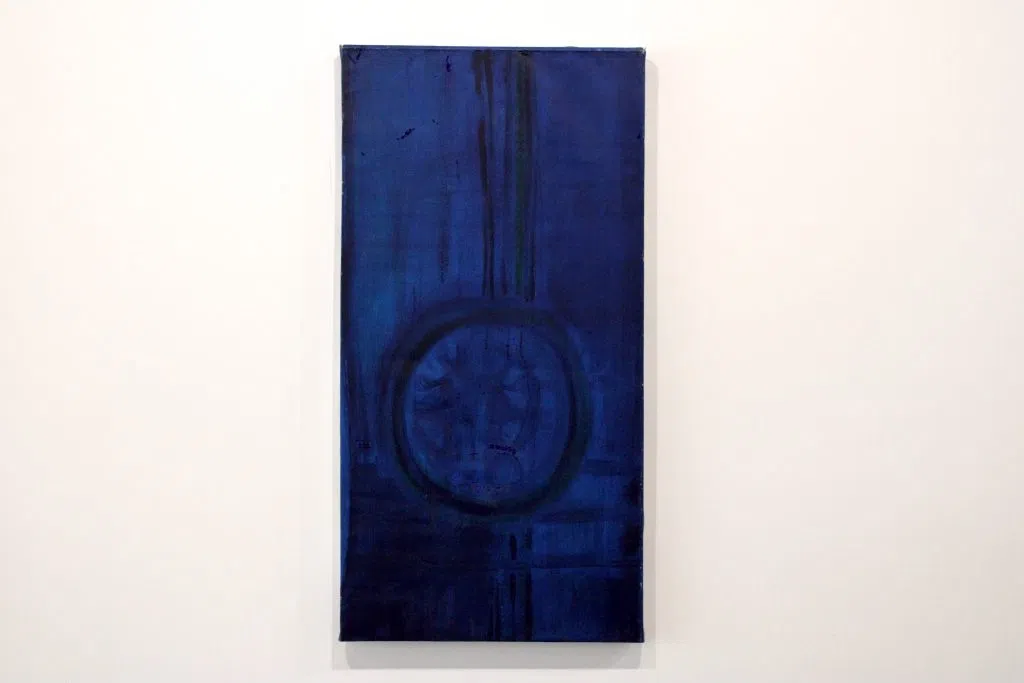
She was recently awarded the ohpinamake Indigenous art prize from the University of Saskatchewan – a $10,000 prize celebrating Indigenous artists whose work empowers and uplifts people.
“It was super cool,” said Murray about winning the prize.
The award was launched in 2022 and the first recipient was Winnipeg-based artist KC Adams followed by Joi T Arcand from Muskeg Lake Cree Nation last year.
“The previous recipients of the award are all artists I admire, so it feels great to be in alignment with them,” said Murray. “It’s also great to get that marker of appreciation as an artist. That’s not something you always get, especially in a monetary way.”
Not only does it bring artistic validation for her, but has given her more freedom to create.
Murray has hired a part-time assistant who helps her with the more time-consuming aspects of her art.
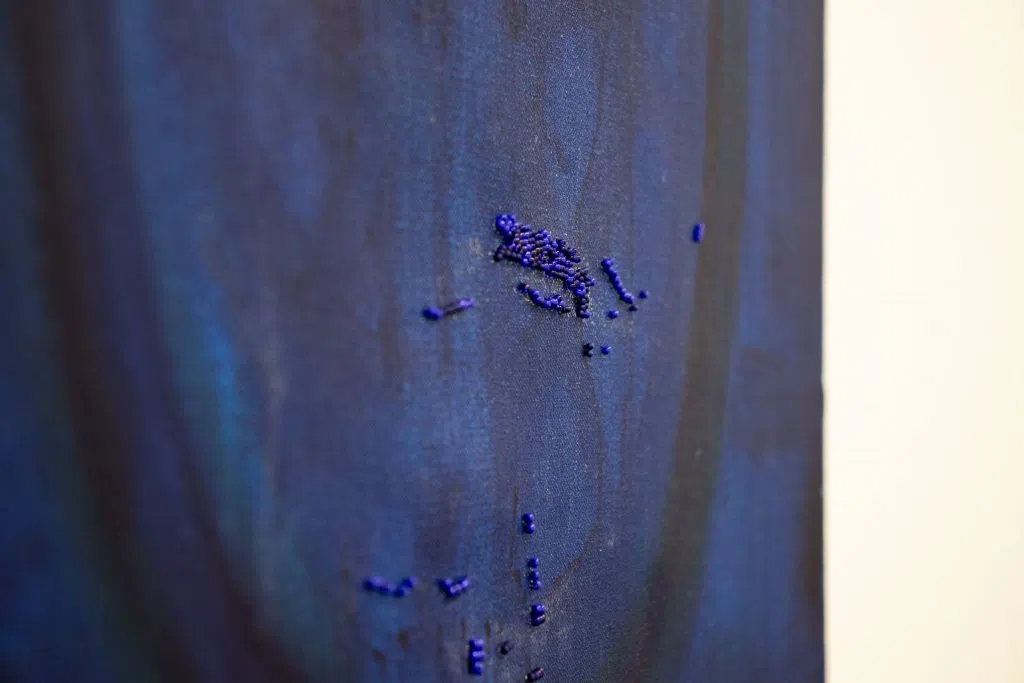
“It’s been incredibly helpful in terms of producing work and time management,” she said. “I have a toddler so a lot of my life is just navigating time and life, so having support in the studio is really helpful.”
Murray is working on a unique art project combining and rethinking traditional and contemporary approaches to beadwork.
She’s weaving small squares of beads together, then breaking the beads away to reveal the structure underneath.
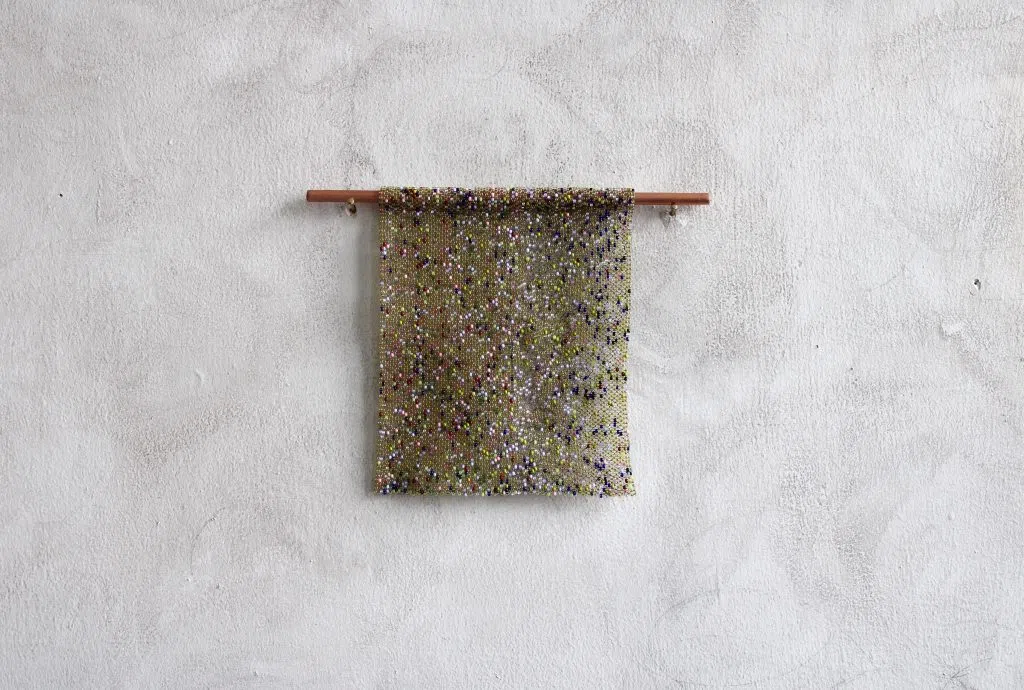
“I think there’s a lot of people learning about their Indigeneity and then picking up beadwork and commercializing it right away,” said “Murray. I don’t want to be part of that conversation at all.”
So with her latest pieces she wants to reflect what beading means to Indigenous people both historically and present day.
“I have a lot of family – grandmas and great-grandmas, who are beadworkers and seamstresses.” said Murray. “So I feel very connected to that material, but also protective because of the way it can commercialize Indigenous culture. So I’m breaking away the beads to pull away the shiny or beautiful aspects of these structures and showing what’s underneath them – which is labour and time and the creation of networks.”
Some of her work was part of the P/Reserve exhibit at the Bockley Gallery in Minnesota – a gallery focused on Indigenous artists across North America.
“I think it’s important for people with lived experience of what it means to be Indigenous to have a space to voice their experience and work from a place of realness and authenticity,” said Murray.
Despite the impact she’s made on the art world she remains humble.
“Sometimes I have doubts about myself – like why am I making this art, it’s so silly,” she said. “But then think, we need people’s stories in the world.”
Despite her very clear artistic path and vision, Murray had thought she would become a teacher.
She grew up around art, as her mother, Lucile Fisher, was in art school when Murray was a child.
“I was wanted to be an artist, but that shifted when I grew older,” she said. “My mom would take me to her art studio and art openings, and I remember being enamoured with it.”
After high school, Murray enrolled in the Saskatchewan Urban Native Teacher Education Program (SUNTEP), but realized she didn’t have the same enthusiasm for working in the classroom as her peers.
So she listened to her gut and enrolled in art school.
In the beginning of her art career, she struggled until she her creative spirit lead the way.
Murray began beading everyday objects. It cultivated not only her proficiency with traditional practices, but gave her an eye for what was in front of her.
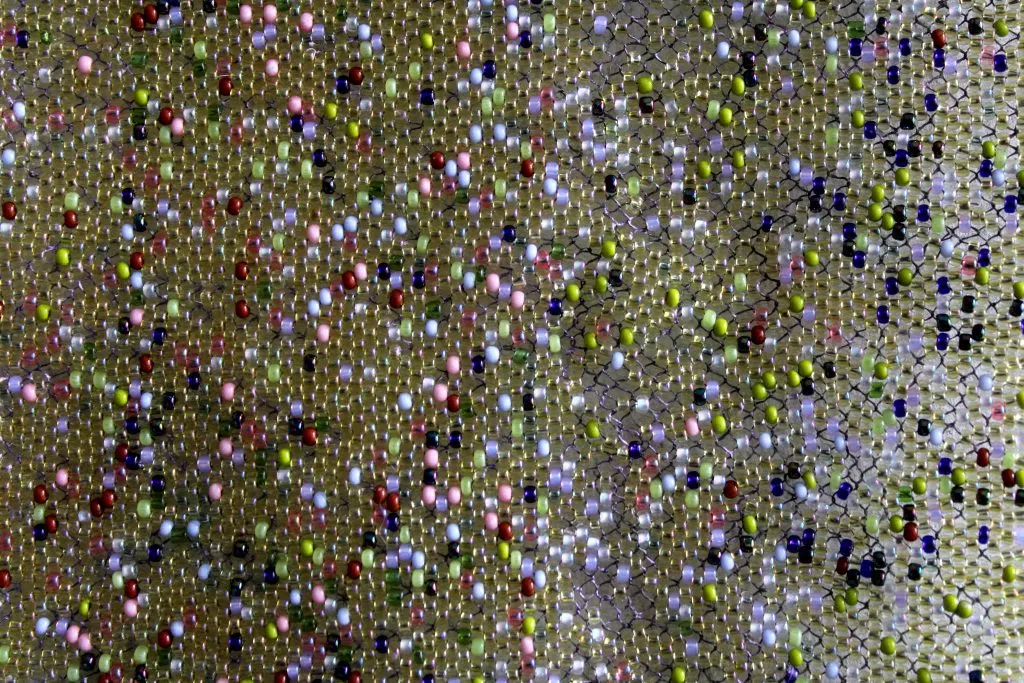
“Art is such a marker of time,” said Murray. “I think that’s what is super lovely about it. It’s such a sponge for the context of what’s going on in the world.”
In addition creating art she also pursued higher education. She now holds a Master of Fine Arts from the University of Calgary, and has received several awards and distinctions, including the BMO 1st Art Award and the Salt Spring National Art Prize.
Murray’s art comes from somewhere deep, somewhere personal.
Her hope is that her audience – no matter what part of the world they’re from – can connect with it on that level.
“I love when you’re drawn to a piece of art and you don’t know why, when it feels like it’s saying something to you” said Murray. “I hope people feel something in their body, that they can feel some sort of kinship with the work.”
Applications for the ohpinamake Prize for Indigenous Artists opened on Sept 26th and will close on Dec. 1. Only Indigenous candidates will be considered for the award.

